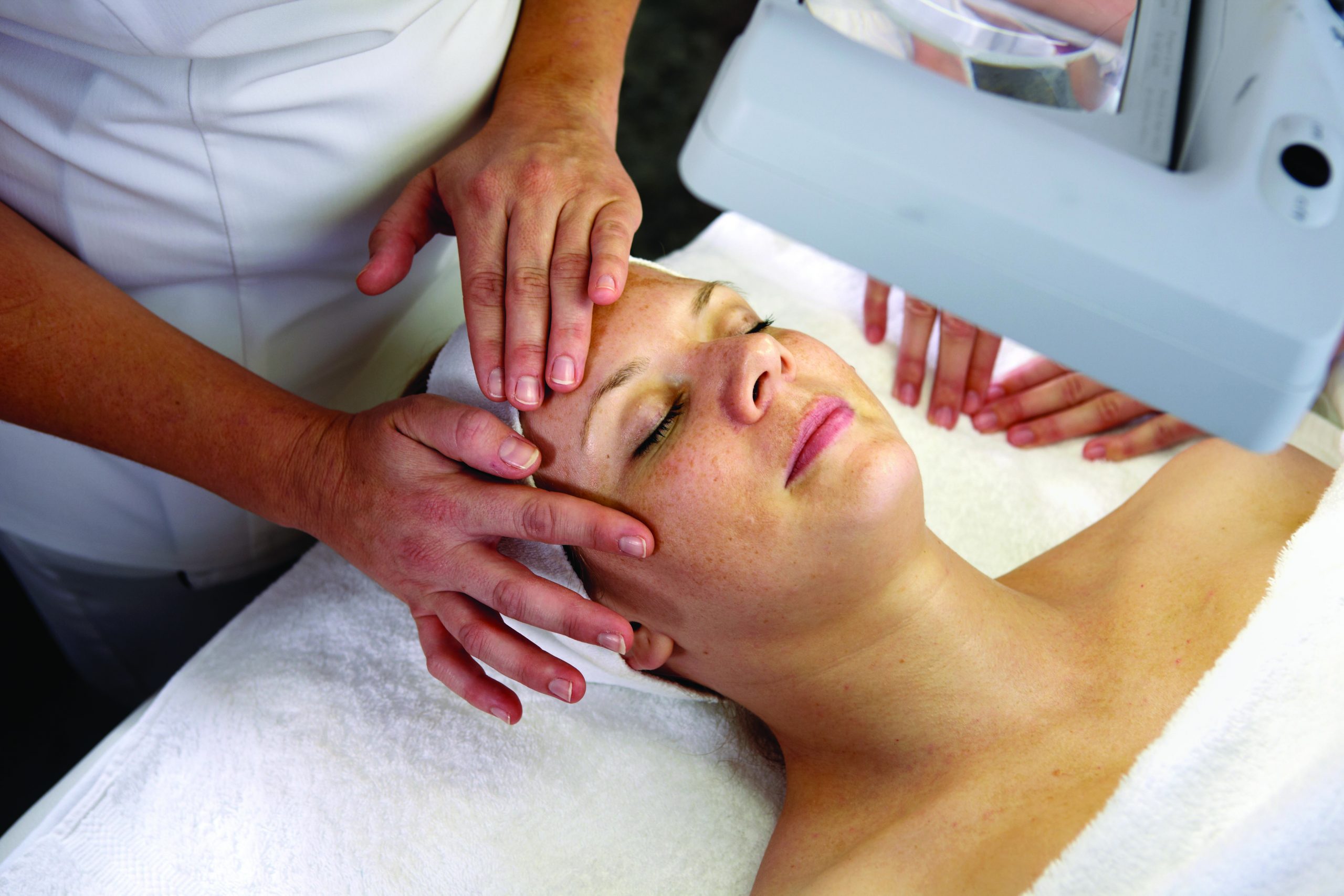
Yes! Besides having facial hair, there are structural differences between men’s skin and women’s skin. Androgen (testosterone) stimulation causes an increase in skin thickness, which accounts for why a man’s skin is about 25% thicker than a woman’s. In addition to being thicker, a man’s skin texture is tougher.
What about men’s acne?
Sebum (oil) and its production also differ in both genders. After puberty, sebum production is greater in males than females, which is attributed to androgen secretions, which accounts for why men have longer-lasting acne. Though men have smaller oil-secreting sebaceous glands, they generally have oilier skin.
Do men produce more or less collagen?
Regardless of age, men have a higher collagen density than women. Lucky, right? Because collagen content is directly related to the signs of skin aging, it has been said a woman’s skin is about 15 years older than a man’s of the same age. However, men are less sun savvy than women, meaning they don’t use sunscreens as much. This could help explain why the “15 year” skin age difference is not readily noticed. UV damage from the sun can add years to a man’s skin and negate the benefit of slowed intrinsic aging.
Finally, shaving gives men an extra edge in skin care.
This intense exfoliation of the outer skin layers can lead to a more youthful skin appearance. But it can also irritate skin and lead to more ingrown hairs or bumps if your client not careful.
In general, it’s a good idea to advise your clients to change their razor blade every 3-4 uses if they shave often, or whenever the razor starts pulling, nicking or rusting. This will help ensure their razor stays sharp for a closer, more accurate shave.
Tip:Â To prolong the life of a razor, dry it off after shaving and make your clients avoid storing it in a wet shower
stay in the know
Get special offers on the latest developments from Front.



